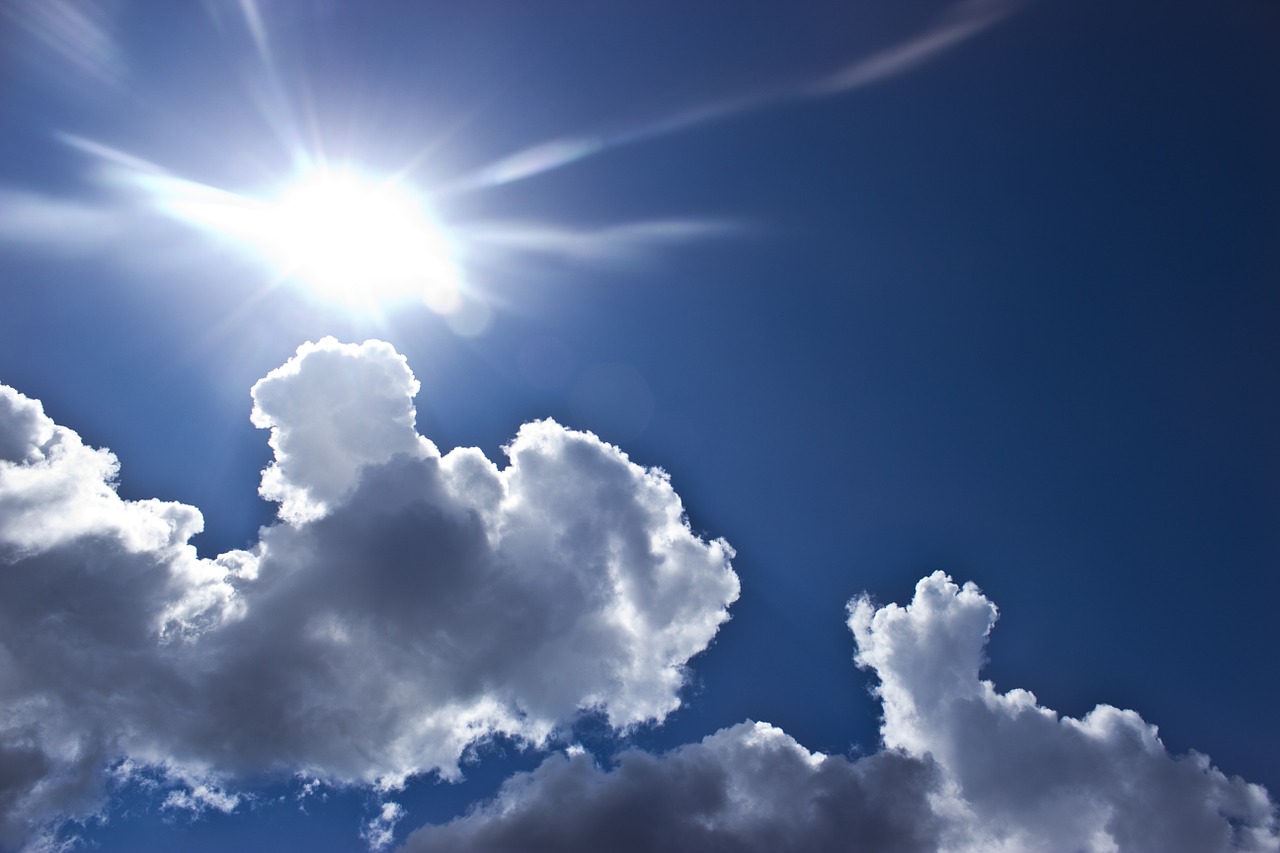Blog, Home Tree Care, Plant Health Care
Understanding Sun Scald
With the fluctuating temperatures we have been having this winter season, it is important to understand how these inconsistent temperatures can affect your trees—especially if they are young and not as established.
One threat you should be aware of is sun scald.
What Is Sun Scald?
Also known as southwest injury, sun scald can happen any time of year but is most severe in the winter. This injury occurs when cold temperatures occur at night and when the sun rises in the morning, warms the southwest side of the tree. Then, when temperatures plummet again, the trunk freezes again and the warmed cells in the tree die.
The damage done by sun scald usually occurs on the lower half of the tree, usually from the base to the first branches.
What Trees Are Most Affected By Sun Scald
As previously stated, younger trees are the most susceptible to sun scald as they have not yet developed the think, insulating bark of older trees. But sun scald can also affect older trees whose branches have been recently pruned or those who have been replanted to a sunnier location. In these cases, the exposed bark has not experienced the heat of the sun, making them susceptible to sun scald. Thin barked trees such as maples and birch are most susceptible.
How To Prevent Sun Scald
You can prevent sun scald by wrapping the trunk of your tree with insulating materials like chicken wire stuffed with straw. This method will insulate the tree and reflect unwanted heat away from the tree, preventing sun scald.
If you are using a wrap, it is essential that you remove it when the season changes to prevent pests and disease.As with all tree treatments, it is essential to contact a professional tree service like Hansen’s to prevent damage to your tree.
